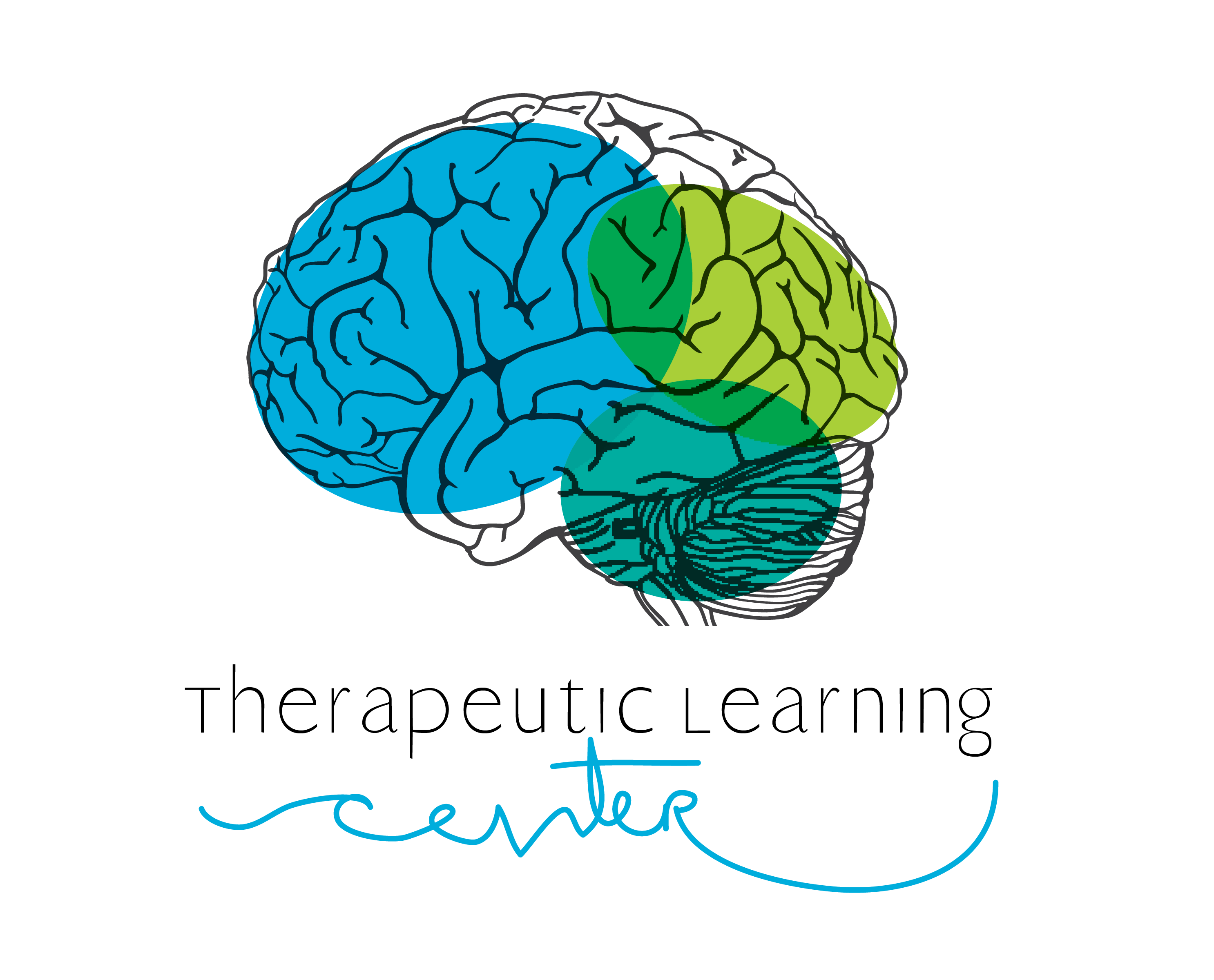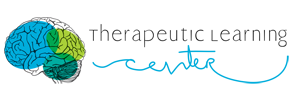The learning environment for the average student today is bursting with distracting, everyday noise. Overhead lights emit low buzzing sounds. Air conditioners, computers, traffic and construction noise, and voices in the cafeteria or gym classes bombard students’ brains and compete for their attention. Many of us take for granted that we can filter out orRead more



